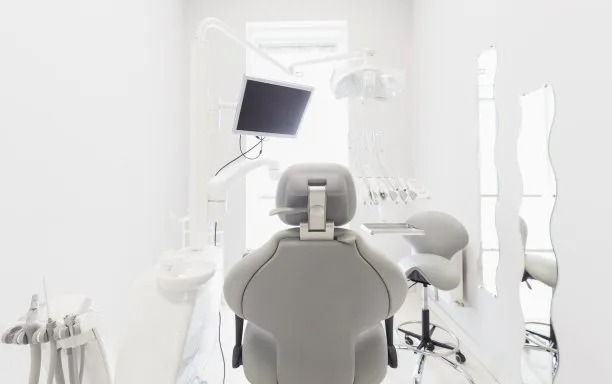The Essential Guide to Extracting a Tooth What You Need to Know Before Your Dental Appointment
Summary: Extracting a tooth, whether due to decay, orthodontic reasons, or overcrowding, is a common dental procedure that evokes a variety of feelings in patients. This guide aims to educate prospective patients about the tooth extraction process, what they should expect during their dental appointments, the recovery process, and aftercare tips. By understanding these key aspects, patients can enter their dental appointments with confidence, alleviating fears and enhancing their overall experience. With a focus on preparation, procedures, and post-operative care, this comprehensive overview is designed to empower patients while demystifying the tooth extraction experience.
Understanding the Reasons for Tooth Extraction

Tooth extraction can be necessary for several reasons, primarily involving dental health issues. For instance, severe tooth decay is one of the leading causes. When a tooth is extensively damaged due to cavities, it may be impossible to restore it with fillings or crowns, necessitating extraction to prevent further complications.
Additionally, overcrowding can lead to tooth extraction. In orthodontics, dentists may recommend removing teeth to create sufficient space for proper alignment. This is particularly common in cases where the jaw is too small to accommodate all teeth, leading to misalignment or other dental issues.
Another common reason for tooth extraction is gum disease. When the supporting structures of the teeth become compromised due to periodontal disease, removing the affected teeth can help restore the overall health of the mouth and prevent further deterioration.
Pre-Dental Appointment Preparations
Preparing for a dental appointment for a tooth extraction involves several steps to ensure that the patient feels ready and informed. First and foremost, patients are encouraged to communicate openly with their dentist about symptoms, fears, and any prior experiences. This dialogue helps dentists devise personalized strategies to manage anxiety before and during the procedure.
Secondly, its vital to organize any necessary medical history documentation accessible during the appointment. This includes informing the dentist of any medications being taken, allergies, or existing health conditions that may complicate the extraction process. Providing this information allows the dentist to take necessary precautions.
Lastly, arranging transportation is important, especially if sedatives or anesthesia will be utilized. Patients should plan for someone to drive them home post-extraction to ensure safety, as the lingering effects of sedation can impair judgment and coordination.
The Tooth Extraction Procedure Explained
The tooth extraction procedure typically begins with the dentist administering a local anesthetic to numb the area around the tooth being extracted. For patients who experience heightened anxiety, general anesthesia or sedation options may be offered. Following anesthesia, the dentist gently loosens the tooth using specialized instruments.
Once the tooth is sufficiently loosened, the dentist carefully removes it from the socket. The extraction may require the dentist to perform surgical procedures, such as cutting through gum tissue or bone, particularly in complex cases such as impacted wisdom teeth. Following the extraction, the dentist will apply gauze to manage any bleeding.
After the procedure, the dental team often provides clear instructions regarding post-operative care and any prescribed medications to mitigate discomfort and prevent infection. Ensuring the patient understands these post-care steps is crucial for effective recovery.
Recovering and Caring for Your Mouth Post-Extraction
Recovery from a tooth extraction varies by individual and the complexity of the procedure performed. Generally, patients should expect some swelling and discomfort, which can be effectively managed through prescribed pain medications and cold compresses applied to the face.
Nutrition plays a critical role in recovery. It’s recommended to stick to a soft food diet for the first few days after the extraction. Foods like yogurt, applesauce, and smoothies are ideal, while avoiding hard, crunchy, or spicy foods will help prevent irritation to the extraction site.
Good oral hygiene remains essential during recovery; however, patients should avoid rinsing vigorously or using straws for at least 24 hours to protect the blood clot that forms over the extraction site. Maintaining proper oral care practices facilitates healing and reduces the risk of complications such as dry socket.
Summary:
The process of tooth extraction can be daunting, but with the right knowledge and preparation, patients can approach their dental appointments with confidence and peace of mind. Understanding the reasons for extraction, preparing adequately, knowing what to expect during the procedure, and having a solid care plan for recovery are key factors that contribute to a successful experience.
By emphasizing these considerations, individuals can ensure better outcomes and smoother recovery following tooth extractions. Remember, informed patients are empowered patients.
This article is compiled by Vickong Dental and the content is for reference only.


